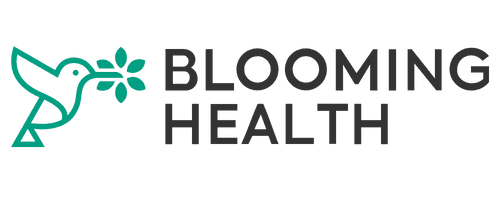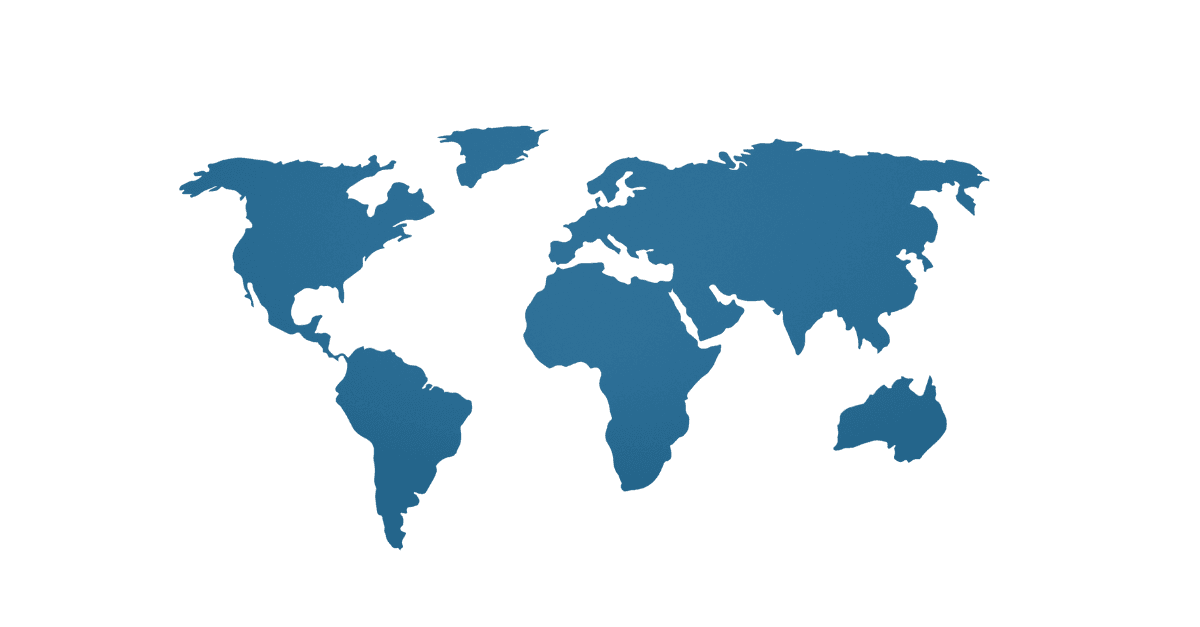May 8, 2025
See how these community based orgainizations leverage the 1115 Waiver
At Blooming Day 2025, a powerhouse panel of leaders convened to discuss one of the most urgent and promising transformations underway in New York: the integration of community-based organizations (CBOs) into the healthcare delivery system through Social Care Networks (SCNs). Moderated by Tanya Brara Shah, Strategic Advisor to Blooming Health and Public Health Solutions, the panel explored how the 1115 Medicaid Waiver is driving innovation, equity, and sustainability in care.
The panel featured:
Zach Hennessey, Chief Strategy Officer & EVP, WholeYouNYC, Public Health Solutions
Amie Parikh, CEO, Hudson Valley Care Coalition
Oxiris Barbot, MD, President and CEO, United Hospital Fund
Caroline Heindrichs, Strategic Initiatives Director, Anthem Blue Cross Blue Shield NY
The Power of a Unified System
“We're here to discuss an ambitious goal,” said Tanya Brara Shah, “creating a robust, integrated system of care that does not just address medical needs, but the underlying social factors that impact health.”
Zach Hennessey highlighted the stark inequities in New York: “In East Harlem, you have 10 years less of life on average than if you just step south of 110th Street into the Upper East Side.”
WholeYouNYC’s social care network now includes over 100 organizations collaborating in real time on a single technology platform. “For the first time,” he emphasized, “we’re being paid through the Medicaid program to deliver food, transportation, and housing support at critical moments in a member’s health journey.” In just the first quarter, they've screened over 4,000 members and provided services to over 1,000.
A Regional, Whole-Person Approach
Amie Parikh reflected on New York’s unique, regional strategy: “What I found really creative that New York State did… was allowing our regions to create networks that would thrive and sustain in that region.”
In the Hudson Valley, HVCC created a whole-person care ecosystem that includes behavioral health IPAs, health homes, and over 100 organizations across seven counties. “CBOs can have a direct connection to their lead agency and get that capacity built for the people in their surrounding communities,” she explained.
This local design fosters deep engagement: “We have 100% support from our hospital systems… The primary care physician practices are engaging with us, which we never actually experienced in our health home model.”
Operating in Urgency
Dr. Oxiris Barbot reminded the audience that all of this is happening “when the world is on fire,” and applauded the ambition of New York’s full-scale implementation. “The social service sector isn’t any less complicated than the healthcare delivery—maybe even more so.”
She underscored the value of data and collaboration: “For the first time, all of these data points will be filtered through to our organization… to help draw insights on how they are doing in meeting the needs coming through the screenings.”
Outcomes, Engagement, and Operations
Caroline Heindrichs pointed to a critical lens for managed care: “Did this model impact utilization, behavior, and health outcomes?” But more than that, she said, “Did the operations work? Is this a well-oiled machine that can interact with our members in a way that the members feel good about?”
Health plans will be watching whether SCNs minimize “member abrasion” and deliver care that feels accessible and appropriate.
Integration and Co-Design
Parikh added, “Sustainability is going to rely on this cross-sector collaboration in a co-design methodology.” She emphasized the importance of equity: “A large provider should not get paid more than a CBO that’s doing similar work.”
Integration, she stressed, must start with putting the community at the center: “It’s the member and the community-based organizations that are at the core of our model.”
From the Ground Up
Hennessey closed by underscoring the value proposition: “CBOs don’t stop at the limit of their mandate from their funder… They do what needs to be done to help the person in front of them.”
With the 1115 waiver, “we are able to bring resources to make them more effective in having that impact.” The vision? “Not just for one creative organization… but bringing that to scale in New York City with a health plan as our partner.”
Contact us to learn how Blooming Health is helping community-based organizations and government agencies put these ideas into action at scale, with real results. From automated outreach and referral management to multilingual communication and data-driven insights, Blooming Health empowers social care networks to serve more people, more efficiently, with greater impact.








